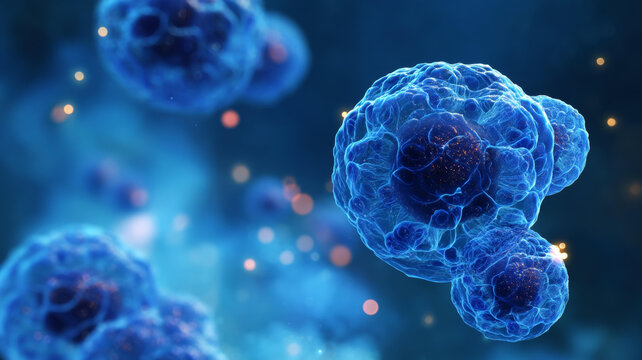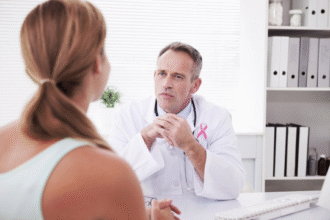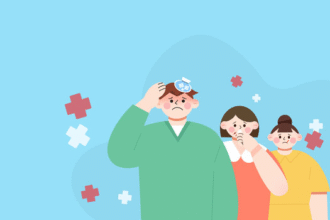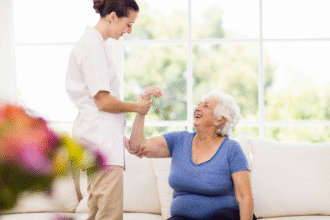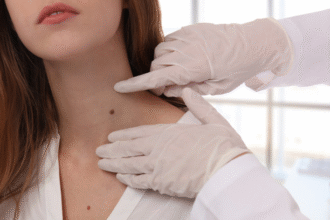Salmonella infections
Salmonella are bacteria that cause two main illnesses in people:
- Non‑typhoidal salmonellosis (the common “food poisoning”): usually acquired from contaminated food or animals.
- Typhoid/paratyphoid fever: a systemic illness due to Salmonella Typhi or Paratyphi, typically from contaminated water/food in endemic regions.
Most healthy people with non‑typhoidal Salmonella (NTS) recover without antibiotics; severe disease can occur in infants, older adults, pregnant people, and those with weakened immunity.
How infection happens
- Sources: undercooked poultry, eggs (including foods with raw eggs), meat, unpasteurized milk/juice, contaminated produce; cross‑contamination in kitchens.
- Animal exposure: reptiles (turtles, lizards, snakes), amphibians, and backyard poultry commonly carry Salmonella.
- Person‑to‑person: fecal‑oral spread, especially with poor hand hygiene.
- Incubation: NTS 6–72 hours (often 12–36 h); typhoid 6–30 days.
Signs and symptoms
- NTS: acute diarrhea (sometimes bloody), fever, abdominal cramps, nausea/vomiting; illness lasts 4–7 days, but fatigue and loose stools can persist longer.
- Typhoid/paratyphoid: sustained high fever, headache, abdominal pain, constipation or diarrhea, and sometimes rash (rose spots); more likely after travel to endemic areas or contact with a carrier.
When to test and how it’s diagnosed
- Test if: severe illness, dehydration, high‑risk host (infant, >65, pregnancy, immunocompromised), persistent symptoms (>7 days), suspected outbreak, travel‑related disease, or invasive infection.
- Tests: stool culture or multiplex PCR for NTS; blood cultures if systemic illness or typhoid suspected. Imaging/labs as clinically indicated. Public‑health labs may request isolates during outbreaks.
Treatment
- Rehydration is first line: oral rehydration solutions; IV fluids if severe dehydration.
- Fever and pain: acetaminophen as needed.
- Antidiarrheals: avoid if high fever or blood in stools; loperamide may be used cautiously in adults with watery diarrhea only.
- Antibiotics (NTS): not recommended for uncomplicated illness in healthy people; consider for severe diarrhea, bacteremia, age <12 months, age >65, pregnancy, immunocompromise, or cardiac/vascular prostheses. Options include azithromycin or ceftriaxone; fluoroquinolones only if local susceptibility supports use. Tailor to culture/resistance and local guidance.
- Antibiotics (typhoid/paratyphoid): always indicated; choose based on travel/exposure and resistance patterns (e.g., azithromycin or ceftriaxone; specialized regimens for extensively drug‑resistant strains). Seek infectious‑disease guidance.
- Complications: bacteremia or focal infections (e.g., endovascular, osteomyelitis) require prolonged therapy and specialist care.
Work, school, and food handling
- Stay home until diarrhea has resolved. Food handlers, healthcare and childcare workers may need health‑department clearance and, in some jurisdictions, negative stool tests before returning.
- Avoid preparing food for others while ill and for at least 48 hours after symptoms stop.
Prevention
- Clean: wash hands with soap and water after bathroom use, diaper changes, and handling raw poultry/eggs/meat or animals; clean and sanitize kitchen surfaces and utensils.
- Separate: keep raw meats separate from ready‑to‑eat foods; use dedicated cutting boards.
- Cook: poultry to 74°C/165°F; ground meat to 71°C/160°F; cook eggs until yolks are firm or use pasteurized eggs; reheat leftovers to steaming hot.
- Chill: refrigerate within 2 hours (1 hour if >32°C/90°F); thaw in the refrigerator, cold water, or microwave—never on the counter.
- Animals: keep reptiles/amphibians and baby chicks/ducklings away from young children; wash hands after contact; keep animals out of kitchens.
- Water and dairy: use safe water; choose pasteurized milk/juice.
- Vaccines: no vaccine for NTS; typhoid vaccines are available for travelers to endemic regions.
When to seek urgent care
- Signs of dehydration (very thirsty, minimal urination, dizziness), bloody diarrhea with fever, severe abdominal pain, persistent high fever (>39°C), confusion, or if the sick person is an infant, older adult, pregnant, or immunocompromised.
Typhoid vs. non‑typhoidal Salmonella — quick recap
- NTS: common food‑borne gastroenteritis; usually self‑limited; antibiotics reserved for high‑risk or severe cases.
- Typhoid/paratyphoid: systemic febrile illness that always needs antibiotics; consider if travel exposure or compatible epidemiology.
Educational information only; seek medical care for severe or persistent symptoms and follow local public‑health advice during outbreaks.



